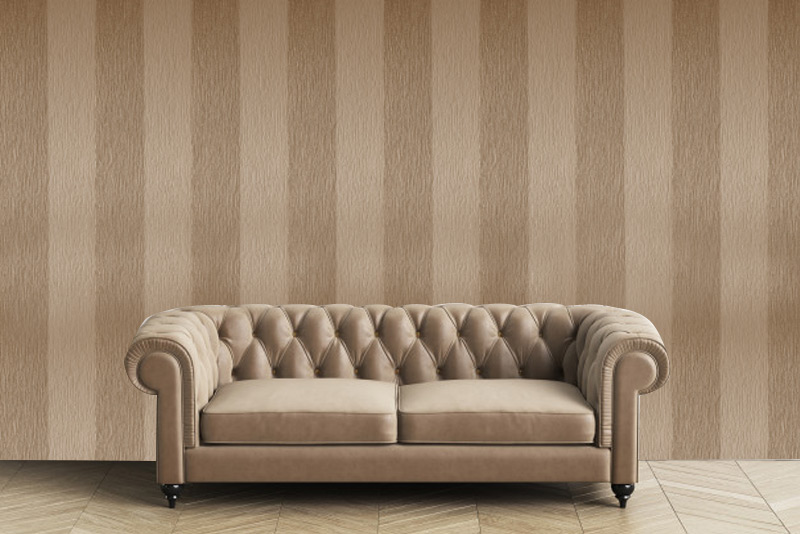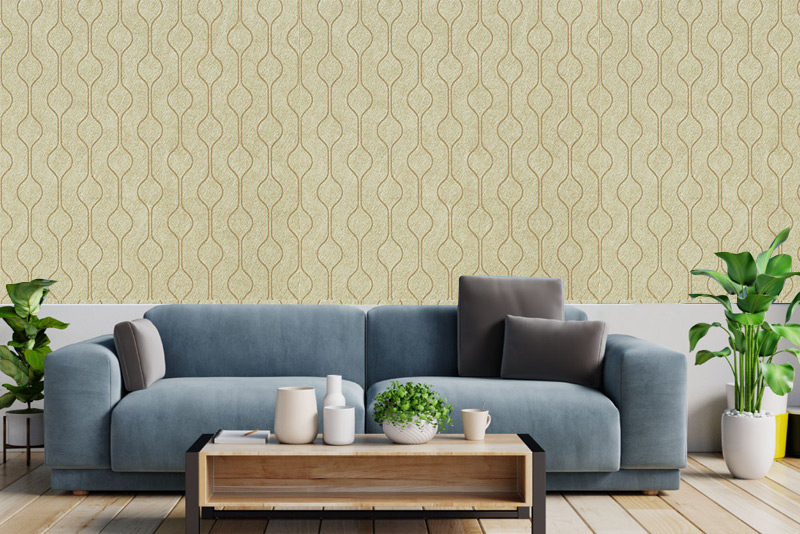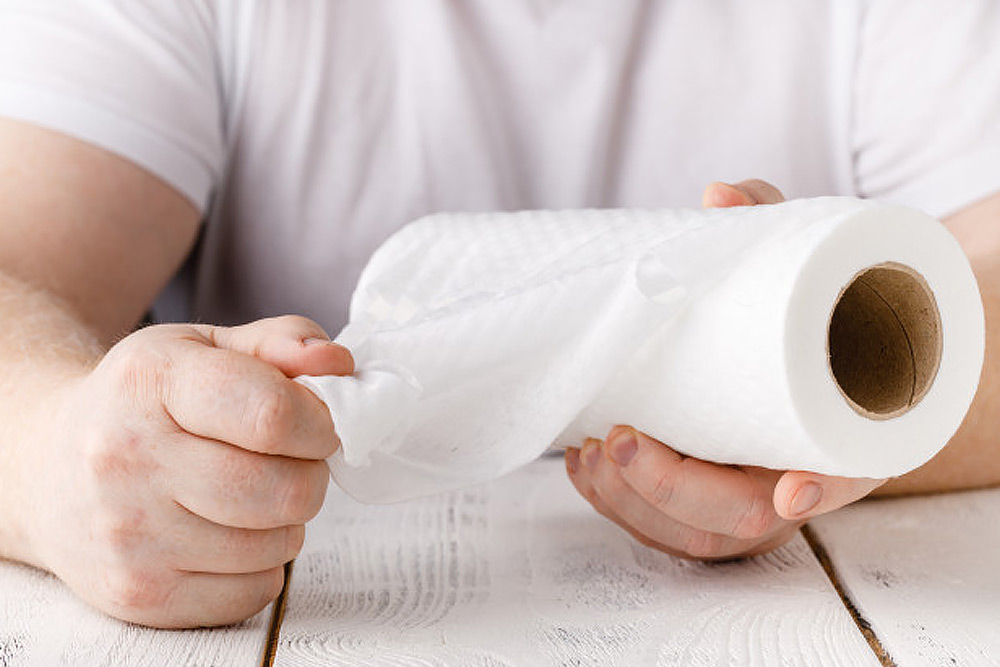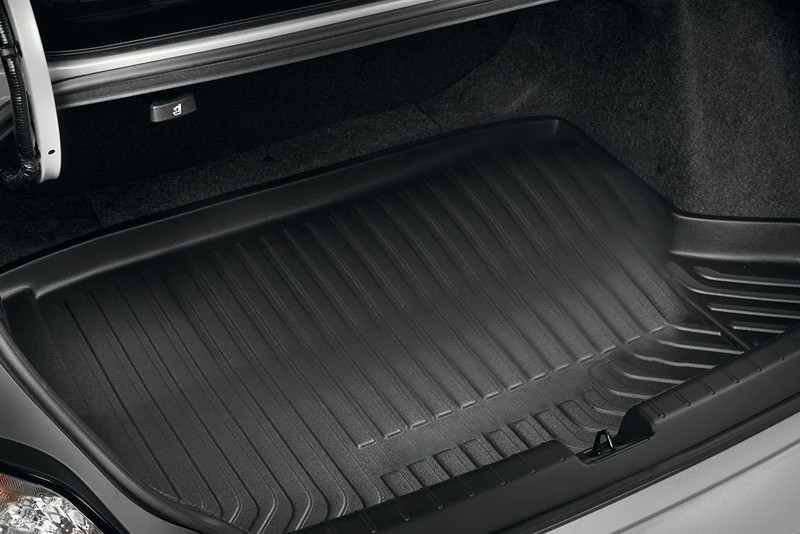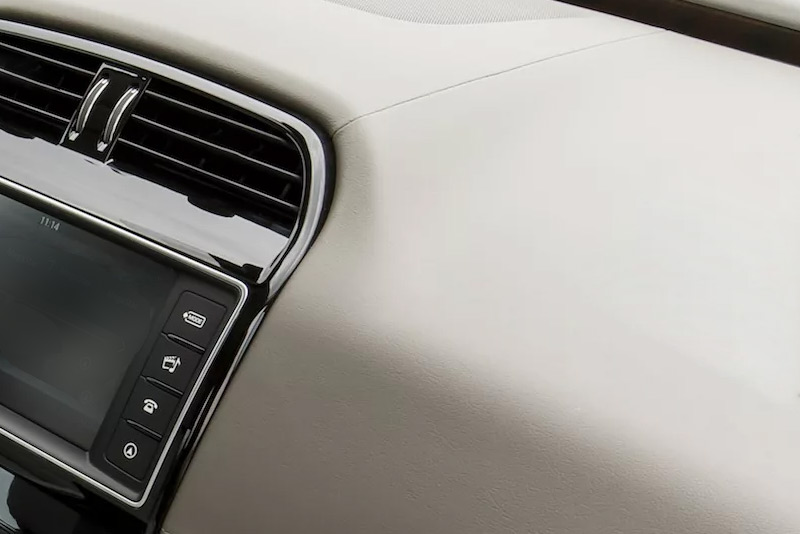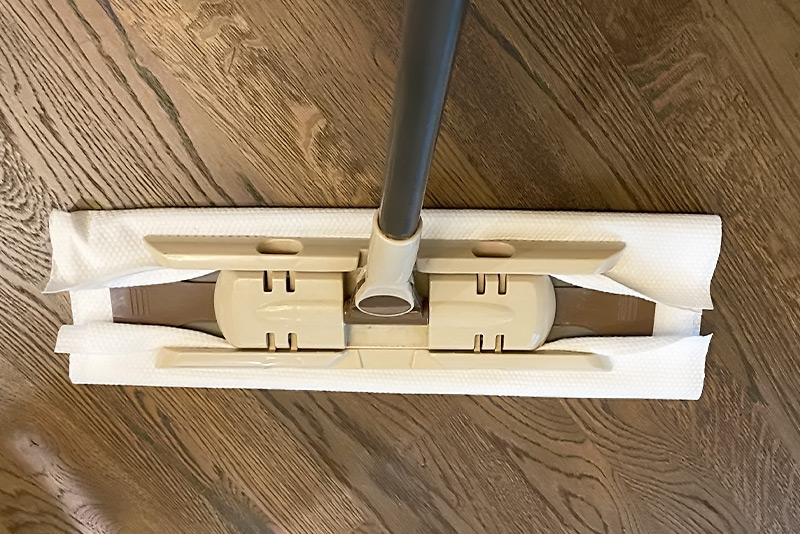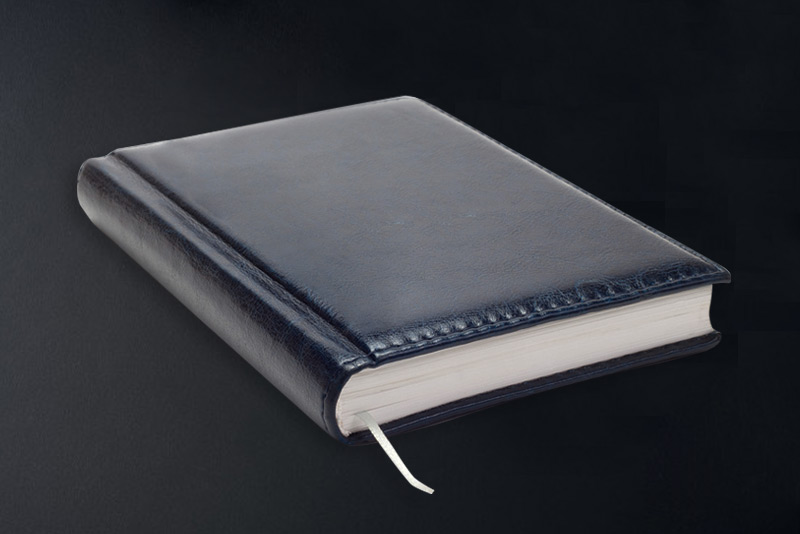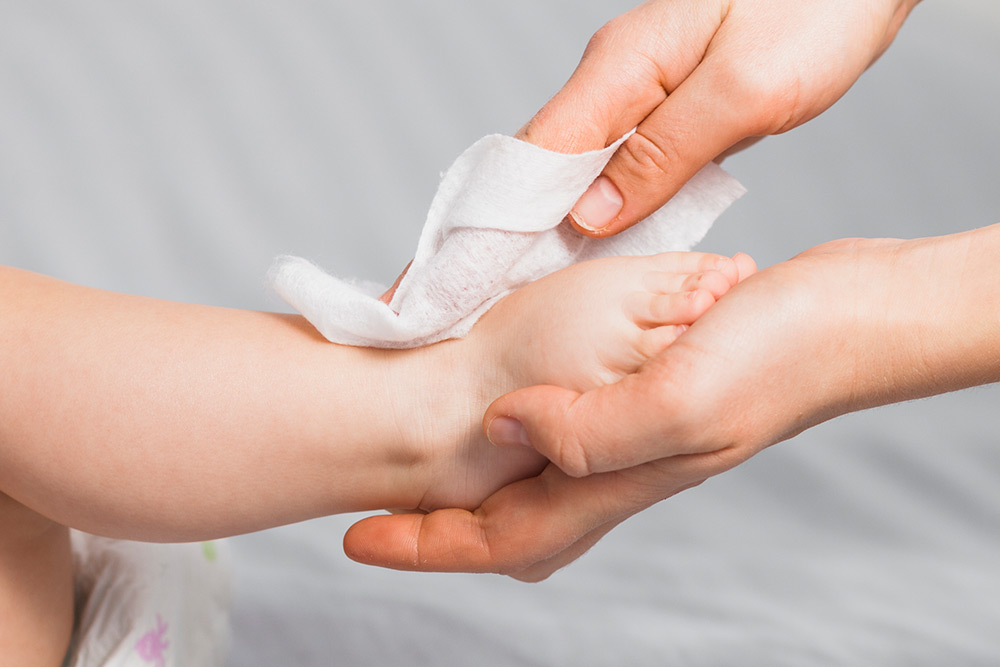The tensile strength, tear resistance, and overall durability of waterproof nonwoven fabrics can vary based on the specific composition, manufacturing process, and intended application of the fabric. Here are general considerations for these properties:
Tensile Strength:
Definition: Tensile strength refers to the ability of a material to withstand a pulling force without breaking.
Characteristics: The tensile strength of waterproof nonwoven fabrics can be influenced by the type of fibers used, the manufacturing process, and any reinforcing elements added during production.
Performance: Waterproof nonwoven fabrics are often engineered to have a strong tensile strength, making them resistant to tearing or breaking when subjected to pulling forces.
Tear Resistance:

Definition: Tear resistance measures a material's ability to withstand the propagation of a tear once it has started.
Characteristics: Tear resistance is influenced by factors such as fiber strength, fabric structure, and any coatings or treatments applied to enhance durability.
Performance: Waterproof nonwoven fabrics are typically designed to exhibit good tear resistance, preventing the spread of tears and maintaining the integrity of the material.
Overall Durability:
Definition: Overall durability encompasses various factors, including resistance to wear, abrasion, environmental conditions, and the fabric's ability to maintain its properties over time.
Characteristics: The overall durability of waterproof nonwoven fabrics depends on the quality of the raw materials, manufacturing techniques, and any additional treatments or finishes applied.
Performance: High-quality waterproof nonwoven fabrics are engineered to withstand the challenges of their intended applications, providing long-lasting performance in diverse environments.
Factors Influencing Performance:
Fiber Type: The choice of fibers, whether synthetic (polypropylene, polyester) or natural (cotton, wood pulp), can impact tensile strength and tear resistance.
Fabric Construction: The way the fibers are bonded or woven together influences the overall strength and durability of the fabric.
Coatings or Laminations: Some waterproof nonwoven fabrics may have additional coatings or laminations to enhance water resistance and durability.
Fabric Weight: Heavier fabrics often exhibit higher tensile strength and tear resistance, but the weight also affects flexibility and breathability.
Intended Use: The specific application of the fabric (e.g., medical, outdoor, industrial) influences the performance requirements and, consequently, the desired tensile strength and tear resistance.
Manufacturers typically provide specifications and performance data for their waterproof nonwoven fabrics, including tensile strength and tear resistance values. It's essential to review these specifications and choose a fabric that meets the requirements of the intended application. Additionally, testing standards such as ASTM (American Society for Testing and Materials) may be referenced to assess and compare the performance characteristics of different fabrics.


 English
English 简体中文
简体中文 日本語
日本語
